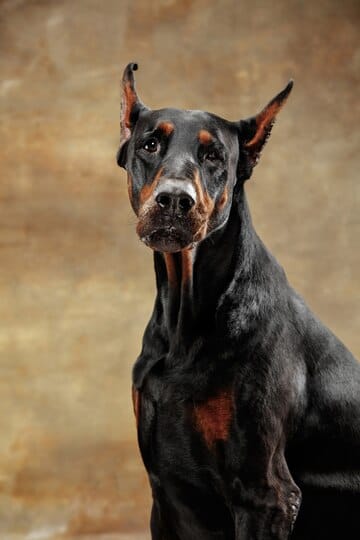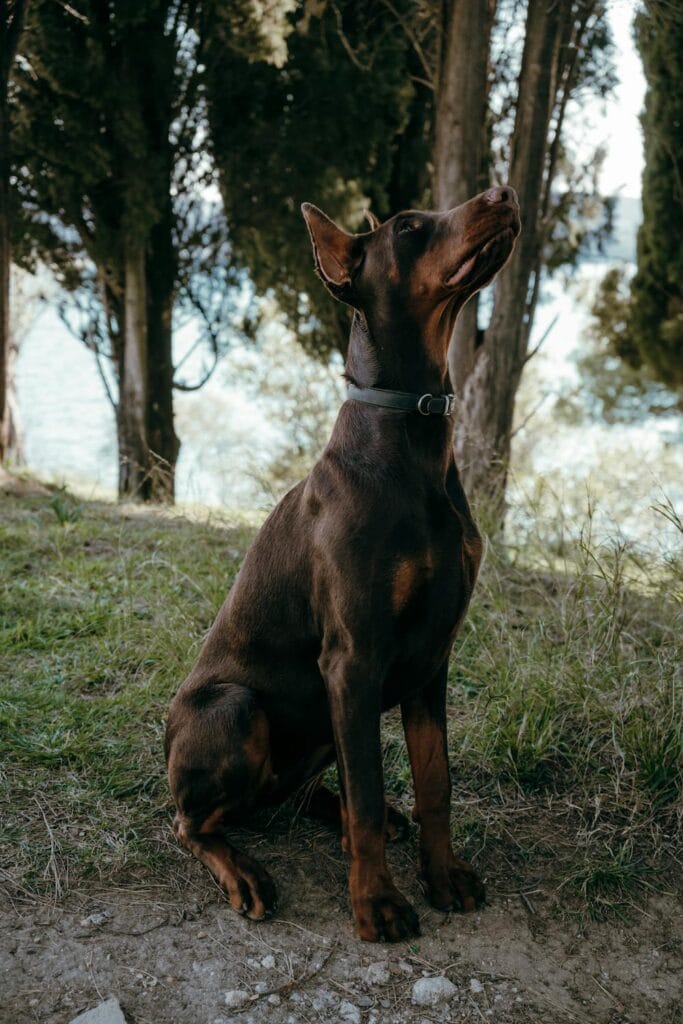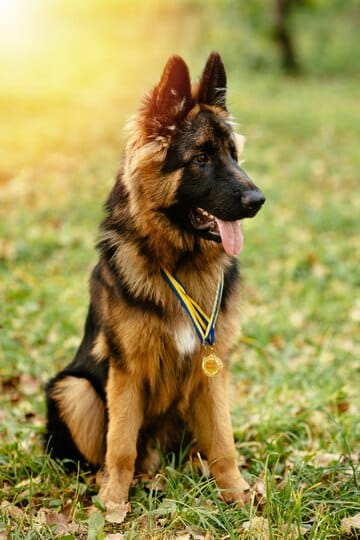Introduction
Welcome to the ultimate guide on the biggest dog in the world! Whether you’re a dog lover or just curious about these gentle giants, this comprehensive article will provide you with everything you need to know. From the basics to advanced information, we’ll cover it all in an engaging and easy-to-understand manner. Let’s dive into the fascinating world of giant dog breeds! 🐾
What Defines a Giant Dog Breed?
Giant dog breeds are typically defined by their massive size and weight. These dogs often weigh over 100 pounds and stand over 30 inches tall at the shoulder. Despite their intimidating size, many of these breeds are known for their gentle and affectionate nature.

Key Characteristics:
- Size: Over 100 pounds
- Height: Over 30 inches
- Temperament: Gentle, affectionate, loyal
The Largest Dog Breeds in the World
1. Mastiff
The Mastiff is often considered the ultimate gentle giant. Known for their broad, muscular build and protective instincts, Mastiffs are both impressive and endearing.
| Mastiff Overview |
|---|
| Average Height: 30+ inches (male), 27.5+ inches (female) |
| Average Weight: 160-230 pounds (male), 120-170 pounds (female) |
| Life Expectancy: 6-10 years |
2. Great Dane
Great Danes are one of the most recognizable giant breeds, known for their towering height and elegant appearance. Despite their size, they are known to be friendly and affectionate.
| Great Dane Overview |
|---|
| Average Height: 28-34 inches |
| Average Weight: 110-175 pounds |
| Life Expectancy: 7-10 years |
3. Irish Wolfhound
Irish Wolfhounds are the tallest of all dog breeds. They were originally bred for hunting wolves in Ireland, and their size reflects their formidable history.
| Irish Wolfhound Overview |
|---|
| Average Height: 32-34 inches |
| Average Weight: 120-180 pounds |
| Life Expectancy: 6-8 years |
4. Saint Bernard
Saint Bernards are famous for their role as rescue dogs in the Swiss Alps. They are known for their friendly and patient nature, making them excellent family pets.
| Saint Bernard Overview |
|---|
| Average Height: 28-30 inches |
| Average Weight: 140-180 pounds |
| Life Expectancy: 8-10 years |
5. Newfoundland
Newfoundlands are known for their excellent swimming abilities and gentle temperament. They are often used in water rescue operations.
| Newfoundland Overview |
|---|
| Average Height: 27-29 inches |
| Average Weight: 100-150 pounds |
| Life Expectancy: 8-10 years |
Record-Holding Giant Dogs
Tallest Dog Ever: Zeus the Great Dane
Zeus, a Great Dane from Michigan, holds the Guinness World Record for the tallest dog ever. He measured an astonishing 44 inches tall at the shoulder and stood 7 feet 4 inches on his hind legs.
Heaviest Dog Ever: Zorba the English Mastiff
Zorba, an English Mastiff, holds the record for the heaviest dog ever, weighing in at a staggering 343 pounds.
Caring for Giant Dog Breeds
Space Requirements
Giant dogs need ample space to move and play. They are best suited for homes with large yards or open spaces where they can roam freely.
Diet and Nutrition
Feeding a giant dog requires careful attention to their diet. They need a balanced diet rich in protein, fats, and essential nutrients to support their large frames.
Diet Tips:
- High-Quality Dog Food: Choose food specifically formulated for large breeds.
- Portion Control: Avoid overfeeding to prevent obesity.
- Regular Meals: Feed them smaller, frequent meals to reduce the risk of bloat.
Exercise Needs
While giant dogs don’t have extremely high energy levels, they still need regular exercise to stay healthy. Daily walks and playtime are essential.
Health Concerns
Giant breeds are prone to certain health issues, including:
- Hip Dysplasia: A common condition where the hip joint doesn’t fit properly.
- Bloat (GDV): A life-threatening condition where the stomach twists.
- Arthritis: Joint inflammation that can cause pain and stiffness.
- Heart Disease: Larger breeds are more susceptible to heart conditions.
Training Giant Dog Breeds
Training is crucial for giant breeds to ensure they are well-behaved and manageable. Start training early and focus on basic obedience, leash walking, and socialization.
Training Tips:
- Consistency: Be consistent with commands and rewards.
- Positive Reinforcement: Use treats and praise to encourage good behavior.
- Socialization: Expose them to different environments, people, and other animals.
Living with a Giant Dog
Living with a giant dog can be a rewarding experience, but it comes with its own set of challenges. Their size means they require more space, more food, and more care.
Pros:
- Loyal Companions: Giant dogs are incredibly loyal and protective.
- Gentle Giants: Despite their size, they are often very gentle and affectionate.
- Great with Kids: Many giant breeds are patient and good with children.
Cons:
- Higher Costs: Expect to spend more on food, supplies, and veterinary care.
- Shorter Lifespan: Giant breeds typically have shorter lifespans than smaller dogs.
- Space Requirements: They need more space to move and play.
FAQs About Giant Dog Breeds
1. What is the biggest dog breed in the world?
The English Mastiff is often considered the biggest dog breed in terms of weight, while the Great Dane is the tallest.
2. How much do giant dogs eat?
Giant dogs can eat anywhere from 4 to 8 cups of high-quality dog food per day, depending on their size and activity level.
3. Are giant dogs good with children?
Yes, many giant dog breeds are known for their gentle and patient nature, making them great companions for children.
4. How long do giant dogs live?
The average lifespan of giant dog breeds is typically between 6 to 10 years.
5. Do giant dogs require special care?
Yes, giant dogs require special care, including a balanced diet, regular exercise, and routine veterinary check-ups to monitor their health.
Conclusion
Owning a giant dog can be a fulfilling and rewarding experience. These gentle giants bring immense joy and companionship to their families. However, they also come with unique challenges that require careful consideration and commitment. By understanding their needs and providing the right care, you can ensure a happy and healthy life for your giant furry friend. 🐶❤️
This guide aims to provide you with all the information you need to understand and care for the biggest dogs in the world. Whether you’re considering adopting a giant breed or simply want to learn more about them, we hope this article has been both informative and enjoyable. Happy dog parenting! 🐕🎉































